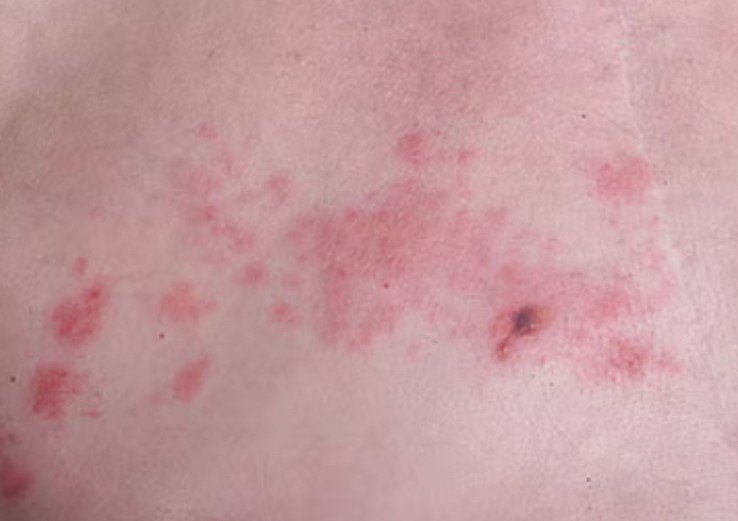A new global survey by pharmaceutical giant GSK has revealed a striking lack of awareness about shingles among older adults in India. Despite 90% of them carrying the virus responsible for the disease, over half of those aged 50 and above are unfamiliar with its risks and complications.
A Hidden Health Threat for Older Adults
Shingles, caused by the reactivation of the varicella-zoster virus—the same virus behind chickenpox—is more than just a rash. It can cause severe nerve pain and long-term complications, including post-herpetic neuralgia (PHN), vision loss, and even an increased risk of heart attack or stroke.
While most people carry the virus after having chickenpox, it remains dormant for years. As individuals age and their immune systems weaken, the virus can reactivate, leading to painful outbreaks. Symptoms often include burning or stabbing pain, tingling sensations, and a rash that typically appears on one side of the body.
Survey Highlights Gaps in Awareness and Concern
The survey, conducted across nine countries, found that 56.6% of Indians over 50 were unaware of shingles. This figure is alarming given that India has a growing elderly population, many of whom are at risk of developing chronic conditions that can further increase the likelihood of shingles outbreaks.

Other key findings include:
- 61% of Indian respondents reported having chronic conditions such as diabetes, cardiovascular disease, or asthma.
- Only 49.8% of them expressed significant concern about shingles.
- Globally, just 13% of people with chronic illnesses saw shingles as a major health issue.
Shalini Menon, medical director at GSK India, emphasized the need for proactive health management. “The survey results highlight a concerning gap in awareness, which underscores the importance of educating individuals about age-related health risks. Regular screenings, healthy lifestyle choices, and vaccination discussions with healthcare providers can significantly improve health outcomes for older adults,” she said.
Chronic Conditions and the Increased Risk of Shingles
Chronic illnesses are common among older adults in India. Diabetes, heart disease, and kidney conditions weaken the immune system, making individuals more susceptible to infections. Shingles is no exception.
For instance, people with diabetes have a higher chance of experiencing severe shingles symptoms. Poorly controlled blood sugar can impair immune responses, leading to longer recovery times and higher rates of complications.
Cardiovascular disease also raises concerns. Studies suggest that individuals who develop shingles may face an increased risk of stroke or heart attack in the months following an outbreak. This makes early awareness and preventive measures even more critical.
Why Awareness and Vaccination Matter
Vaccination is a proven way to reduce the risk of shingles, yet awareness remains low. In many Western countries, shingles vaccines are widely recommended for older adults, but in India, vaccination rates remain minimal due to lack of awareness and accessibility.
Table: Comparison of Shingles Awareness and Vaccination Rates
| Country | Awareness of Shingles (%) | Vaccination Rate (%) |
|---|---|---|
| United States | 85 | 30 |
| United Kingdom | 80 | 25 |
| India | 43.4 | <5 |
| Japan | 72 | 20 |
While vaccination rates in the U.S. and U.K. remain modest, they are significantly higher than in India. Public health campaigns and government-backed programs have played a role in educating people about the risks of shingles, something India is yet to implement on a larger scale.
The Road Ahead: Improving Public Health Education
Raising awareness about shingles should be a priority. Public health officials, medical professionals, and policymakers need to work together to ensure older adults receive accurate information about the disease and its prevention.
Educational campaigns, similar to those for COVID-19 and flu vaccinations, could help bridge the knowledge gap. Integrating shingles awareness into routine check-ups and encouraging doctors to discuss it with elderly patients could also make a significant impact.
For many, the first step is understanding the risk. With India’s aging population growing, proactive steps today could prevent unnecessary pain and complications in the years ahead.
